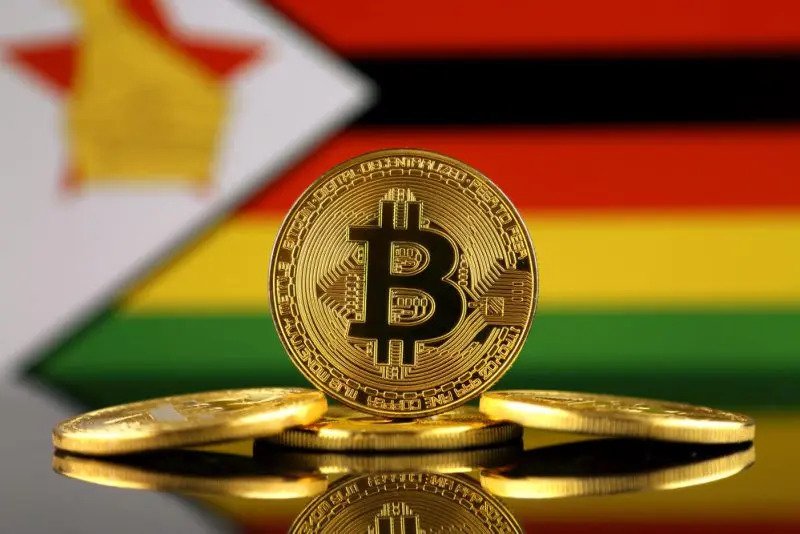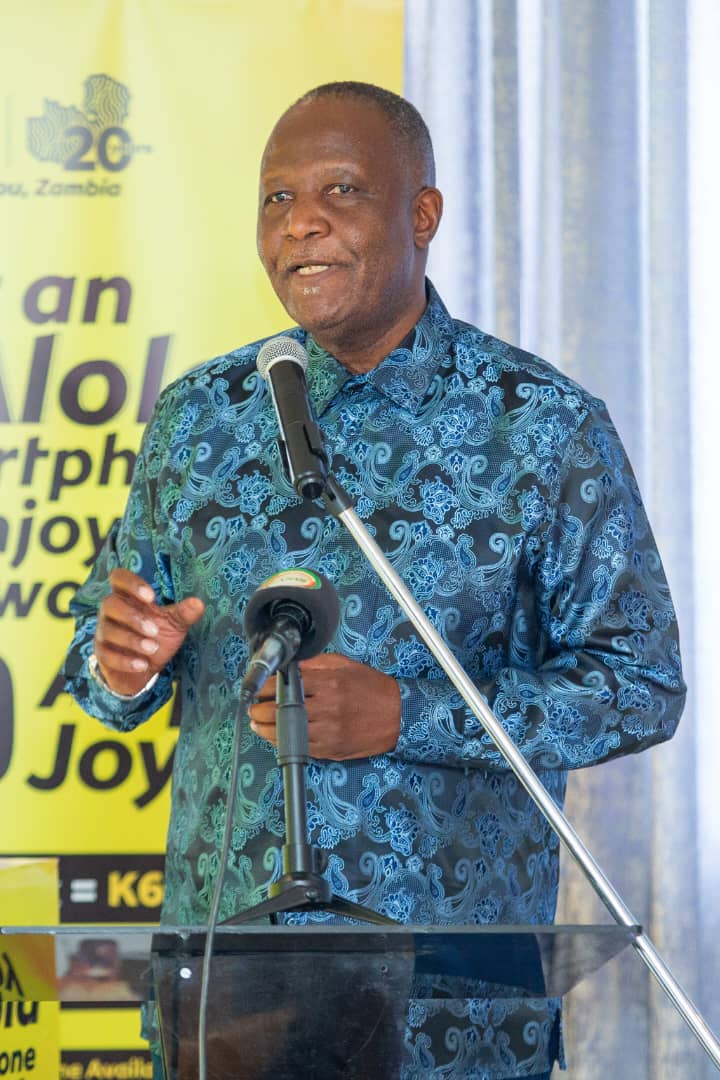(Mining Technology)-The Reserve Bank of Zimbabwe require $100m of gold to kickstart its gold-backed digital currency, governors have said.
The bank introduced its bullion-backed digital tokens on Monday as an attempt to stabilise its traditional currency, the Zimbabwean dollar. Soaring inflation and fluctuating exchange rate forced the country to introduce gold coins as a curbing mechanism for a slump in country’s currency.
Once in circulation, the holders can exchange their money for the digital tokens in order to shield themselves from fluctuating foreign exchange rates. Zimbabwe also introduced gold coins in June 2022 as a store of value to stabilise the local currency. The digital tokens will act as a digital representation of the gold coins, with financial authorities hoping more citizens buy into the gold reserve and prevent the redundancy of its local currency.
“Any amount around or less than $100 million will be able to deal with our challenge in a big way,” monetary policy committee member Persistence Gwanyanya told Bloomberg on Monday.
John Mangudya, the governor of Zimbabwe’s central bank, told reporters that the country had 350kg of gold in reserves. The government targets a 14% increase in gold production per year, reaching 40 tonnes in 2023. In the first quarter of this year, it earned $377 million from gold production.
While Zimbabwe’s local currency trades at approximately ZWL1,000.4 against the dollar, a dollar can buy ZWL1,750 on the streets of the capital. The current exchange rate disparity stems from expectations of increased foreign currency supply after the tobacco auction season started in March. Between March and April, the country exported 54.9kg tobacco valued at $307m.
Why is Zimbabwe pegging its currency to gold?
Zimbabwe stopped using its local currency in 2009, replacing it with the US dollar after an episode of hyperinflation that left the local currency worthless. The Zimbabwean dollar was reintroduced in 2019, as a measure to revive the stagnant economy.
In July 2022, the central bank’s annual rate of inflation reached 256%, causing people to exchange Zimbabwean dollars for US dollars and prevent their savings from losing value. In this period, the local currency went from ZWL108.66 per US dollar in January, to ZWL481.85 per US dollar in July. This led to a shortage of the US dollar, driving up exchange rates.








